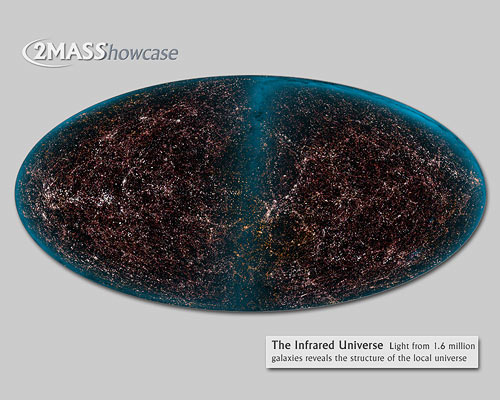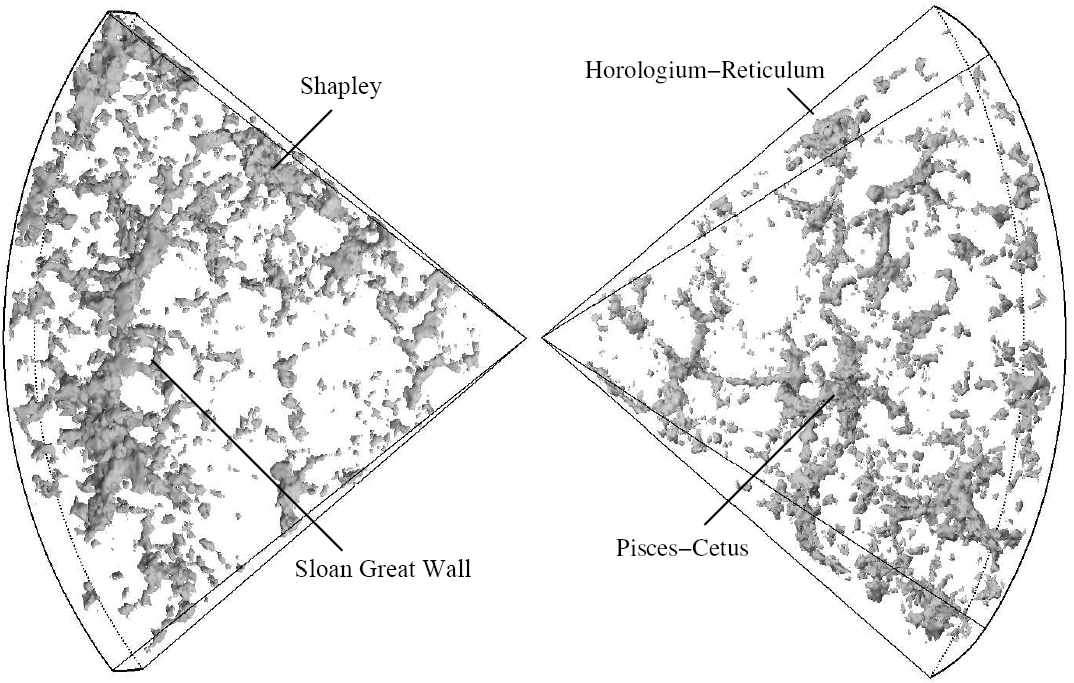http://en.wikipedia.org/wiki/World_egg wrote:
<<A world egg or cosmic egg is a mythological motif found in the creation myths of many cultures and civilizations. Typically, the world egg is a beginning of some sort, and the universe or some primordial being comes into existence by "hatching" from the egg.
Sanskrit scriptures and Vedanta
The earliest ideas of "Egg-shaped Cosmos" comes from some of the Sanskrit scriptures. The Sanskrit term for it is Brahmanda (Brahm means 'Cosmos' or 'expanding', Anda means 'Egg'). The Rig Veda uses a similar name for the source of the universe: Hiranyagarbha, which literally means "golden fetus" or "golden womb". The Upanishads elaborate that the Hiranyagarbha floated around in emptiness for a while, and then broke into two halves which formed Dyaus (Heaven) and Prithvi (Earth) - concepts that existed in nearly every ancient culture, and were also articulated by the Abrahamic religions. The Rig Veda has a similar coded description of the division of the universe in its early stages.
____ Chinese mythology
In the myth of Pangu, developed by Taoist monks hundreds of years after Lao Zi, the universe began as an egg. A god named Pangu, born inside the egg, broke it into two halves: the upper half became the sky, while the lower half became the earth. As the god grew taller, the sky and the earth grew thicker and were separated further. Finally Pangu died and his body parts became different parts of the earth.
____ Egyptian mythology
In the original myth concerning the Ogdoad, the Milky Way arose from the waters as a mound of dirt, which was deified as Hathor. Ra was contained within an egg laid upon this mound by a celestial bird. In the earliest version of this myth, the bird is a goose (it is not explained where the goose originates). However, after the rise of the cult of Thoth, the egg was said to have been a gift from Thoth and laid by an ibis, the bird with which he was associated.

Jacob Bryant's Orphic Egg (1774)
____ Finnish mythology
In the Kalevala, the Finnish national epic, there is a myth of the world being created from the fragments of an egg laid by a diving duck on the knee of Ilmatar, goddess of the air:
- One egg's lower half transformed
And became the earth below,
And its upper half transmuted
And became the sky above;
From the yolk the sun was made,
Light of day to shine upon us;
From the white the moon was formed,
Light of night to gleam above us;
All the colored brighter bits
Rose to be the stars of heaven
And the darker crumbs changed into
Clouds and cloudlets in the sky.
 One Million Galaxies
One Million Galaxies





